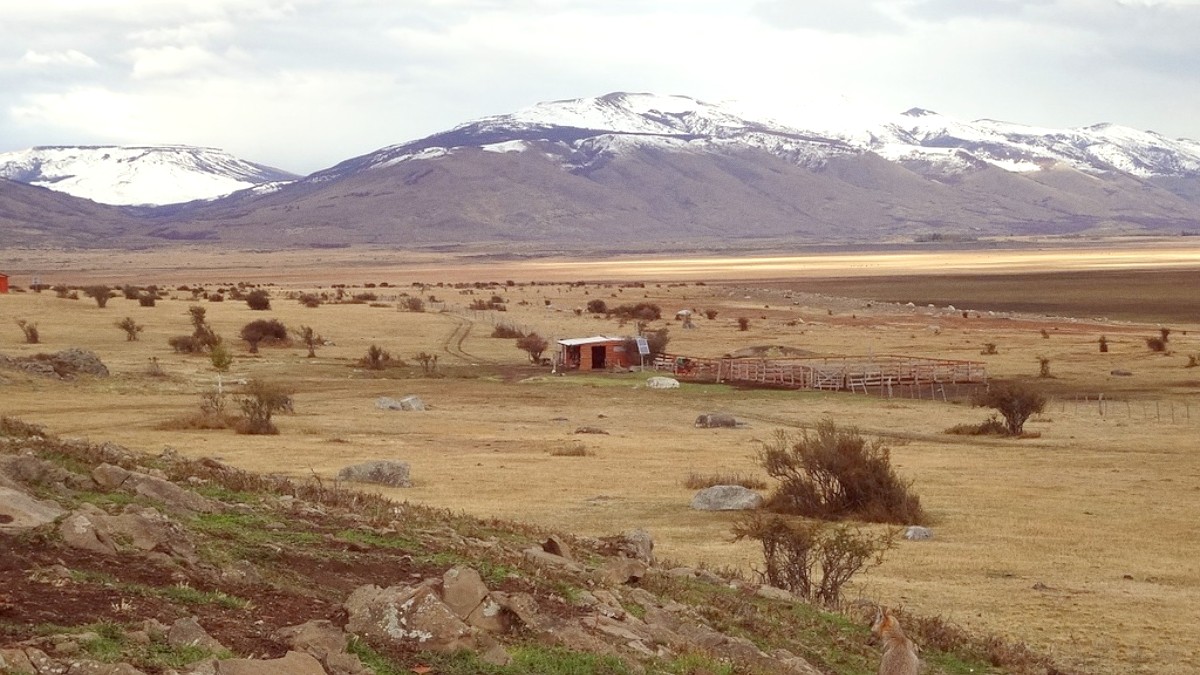
Patagonia, Argentina
Start with moisture-wicking Base layers like Merino wool. Add a Fleece jacket or Lightweight down jacket for warmth.
El Calafate has no specific cultural dress codes. Local style favors practicality and comfort for outdoor activities.
Waterproof, Sturdy hiking boots with ankle support are a must for trails. Break them in before your trip.
Pack Comfortable walking shoes or Sneakers for exploring the town center and easy walks.
Consider camp shoes or Sandals for use around your lodging after a long day of activity.
Have both paper and digital copies.
Argentina uses 220V electricity with Type C and Type I plugs. A Universal travel adapter is highly recommended.
A Wide-angle lens is good for vast landscapes; a Telephoto lens is optional for wildlife.
Download offline maps for El Calafate and Los Glaciares National Park (Maps.me, Organic Maps) for areas with no cell service.
Use Google Translate (offline Spanish pack) and WhatsApp. A Currency converter app helps with pricing.
Back up photos and documents to cloud services like Google Drive or Dropbox to keep your data safe.
A small, well-stocked health kit brings peace of mind.
Pack remedies for common issues and protection from the elements.
Sturdy, Waterproof hiking boots are needed. Hiking poles reduce strain.
Tour operators Provide crampons and ice axes for glacier walks.
Hiking poles and Waterproof pants can often be rented in El Calafate.
Small items contribute to comfort and security on your journey.
Contribute to sustainable travel and be prepared for local conditions.
Lessen single-use waste.
Eco-friendly device power.
Clean water from natural sources.
Choose local businesses.
Pack light but smart. Every item should have a purpose. Versatile pieces that can be layered help adapt to changing conditions.
Roll clothes to save space. Use packing cubes for organization. Leave space for souvenirs!